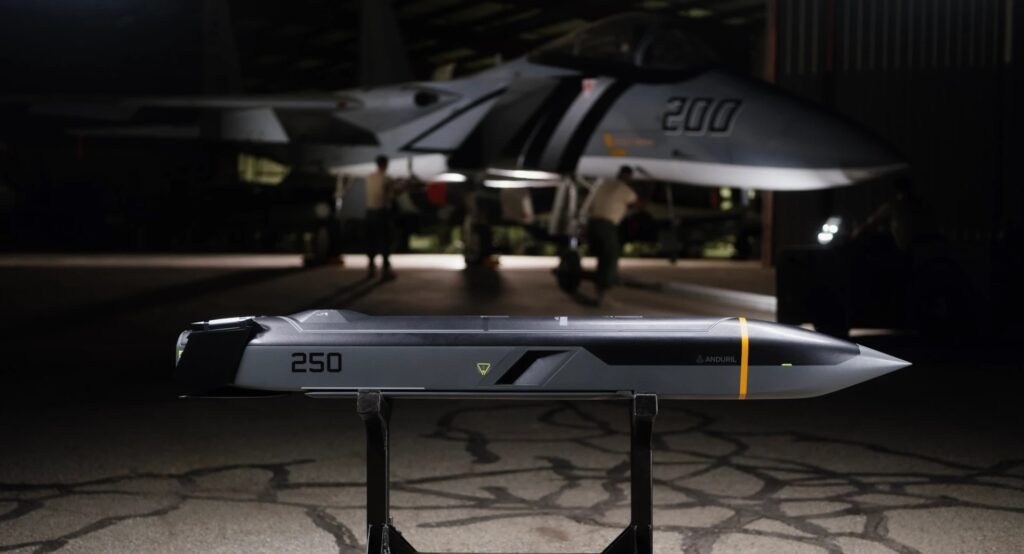Anduril Industries has unveiled an innovative family of cruise missiles that reportedly requires fewer than 10 tools to assemble and is 30 percent cheaper than comparable weapons.
Called the Barracuda-M, the low-cost munition is designed to provide warfighters with an adaptable and upgradable capability to address both current and emerging threats.
It is equipped with a guidance system to accurately neutralize static or moving targets through body-to-body contact, supporting direct, stand-in, or stand-off strike missions.
It can be launched from a variety of ground, air, and land platforms, including the latest fighter jets, helicopters, surface vessels, and drones.
The weapon also features a range of common subsystems to ensure it can be rapidly optimized to meet evolving needs.
Variants
The Barracuda-M comes in three variants: Barracuda-100, Barracuda-250, and Barracuda-500 — each offering unique capabilities.
The Barracuda-100 is the smallest and shortest-ranged version, with a maximum payload capacity of 35 pounds (15.8 kilograms) and an operational range of up to 85 nautical miles (157 kilometers) when launched from the air.
The Barracuda-250 offers the same payload capacity, but has a greater strike range of 200 nautical miles (370 kilometers).
Anduril said this version is well-suited for combat jets and bomber aircraft, as well as for High Mobility Artillery Rocket System (HIMARS) launchers.
The Barracuda-500, meanwhile, boasts a superior payload capacity of 100 pounds (45 kilograms) and a range not exceeding 500 miles (800 kilometers).
Supports Hyper-Scale Production
According to the manufacturer, the Barracuda-M is the “most producible cruise missile” on the market, as a single munition takes 50 percent less time to produce.
It also requires 50 percent fewer parts, enabling affordable, large-scale production.
“Barracuda is purpose-built to bring mass to the fight,” Anduril stated. “Barracuda production rates are designed to keep pace with the threat and can be doubled on-call to meet short-term surges in demand.”




